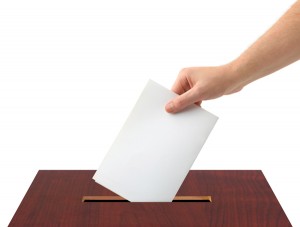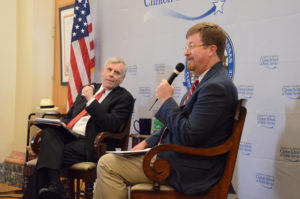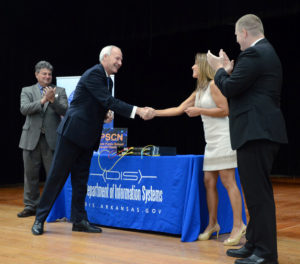By Steve Brawner
© 2017 by Steve Brawner Communications, Inc.
Can more time in recess and less time in class help students learn better? That’s a question some schools in Arkansas will try to help answer.
Under state law, elementary students must have 40 minutes of physical education each week and 90 minutes of additional physical activity, such as recess. That’s 18 minutes per day.
Act 1062 sets up a pilot program for the 2018-19 school year that basically triples that amount in some schools. In addition to physical education, students in grades K-4 will get 60 minutes of “unstructured and undirected play” each day, while students in grades five and six will have 45 minutes. Two schools in each of the state’s 15 education service cooperatives – groups of school districts that share resources – will participate, along with two more schools not involved in cooperatives. The Arkansas Department of Education will write the rules. The results will be studied and used to enact future policy.
The law was sponsored by two legislators on opposite sides of the political spectrum – Sen. Gary Stubblefield, R-Branch, a conservative farmer, and Sen. Joyce Elliott, D-Little Rock, a former teacher and one of the Senate’s most liberal members.
The background for this is when the federal No Child Left Behind law was passed in 2001, schools were held more accountable for their students’ test scores, and as a result, they began to focus more on core academic subjects. With the stakes raised higher, recess was considered an expendable part of the day and reduced.
In recent years, many have questioned the wisdom of that philosophy, for several reasons, the obvious one being health. One in five school-aged children is now obese – triple the percentage of the 1970s, according to the federal Centers for Disease Control and Prevention. Spending more time sitting and less time playing certainly doesn’t help.
But there are also potential academic and social benefits to recess, which may help explain why students who get more breaks elsewhere, like Finland, outperform American students. According to a 2013 paper by the American Academy of Pediatrics, children benefit when concentrated learning is followed by unstructured play. Research by Anthony Pellegrini and Catherine Bohn found that recess made students more attentive and productive in class whether they were outdoors or indoors. Moreover, students learn important social skills when engaged in unsupervised play away from adults.
It’s unclear how many schools will volunteer to participate. Sixty minutes a day is a lot of time to take kids away from the classroom. Not only will it require a major reconfiguration of the school day – for a one-year program – but it also will require schools to take the risk that the reduced instruction time won’t hurt test scores.
Moreover, much has changed in the past couple of decades. Americans don’t do “unstructured and undirected” very well anymore when it comes to children. We’ve become a more risk-averse, less playful society, so what’s the response if more recess means more kids get injured or bullied or suffer some other bad outcome? What happens if we give the kids time to play and develop their social skills, and all they do is stare at their phones?
The way these things work is that the Legislature passes a law with broad goals, the agency sets the specific rules, and school districts implement them based on their local situations.
So here’s a couple of suggestions. First, the research shows that kids need a lot of short breaks to recharge their minds, not hours sitting in class and then an hour on the playground. In Finland, it’s 45 minutes of learning followed by 15 minutes off. Let’s do something like that. Second, the Department of Education should interpret “unstructured and undirected play” loosely so that teachers still can offer helpful guidance when appropriate – maybe show the kids how to play kickball, and then get out of the way.
The question isn’t going to be whether recess is beneficial for students. That one’s already been answered. The real questions are, how much recess is best, and how best can it be implemented?
Can those questions be answered with a one-year pilot program? Don’t ask me. I’ve been working on this column for hours, and I need a break. Kickball, anyone?


